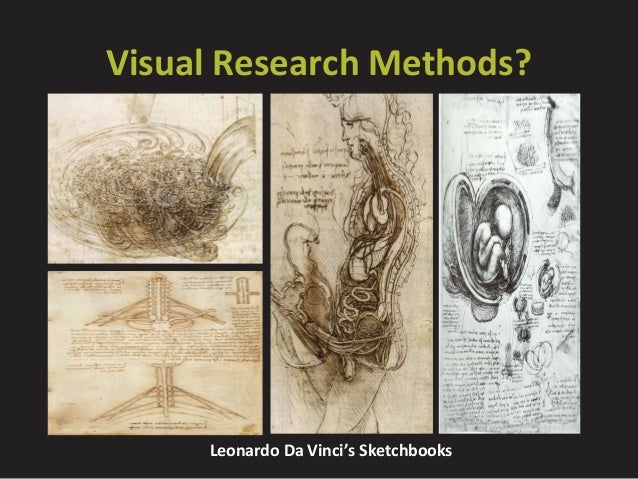
Fighting Pure Madness by P. Urbanek
Trying to pin down your target market, the audience who would be interested in your work can be tricky. The art market is particularly challenging as much of what art is worth is based on what people essentially think it is worth. But who is buying art and where are they buying it is what I will explore here in this post.
Art conscious state the following:
'Active online buyers purchasing more and on higher prices. In 2018, the share of online art buyers paying an average price in excess of US$5,000 per fine art object increased to 25%, up from 21% in 2017. Confidence of buying online increases among people. Surveys show that 52% of those who bought online last year will buy more art in the upcoming year, 38% will buy the same this year as they did last year, 28% of those who have not bought art online in the past year, say they are ‘likely’ or ‘very likely’ to do so this year.' (Artconscious: 2020)
So from these statistics, we can see that that online purchases of art have been increasing and that buyers will buy art year upon year, this is all very promising however this was written prior to the pandemic so how has this affected the art market? Although art is still being bought with the financial times stating that; 'Earlier this month, the hedge fund billionaire Ken Griffin was reported to have bought a Basquiat painting privately for north of $100m.' (Gerlis M. 13/06/20) this is certainly not representative of the whole market. Gerlis further states that it is the two extreme ends of the market that are hit hardest, the very expensive work (over 1 million) collectors will not buy unseen online and the lowest end of the scale with new and emerging artists as people are less willing to take the risk on emerging artists. The middle ground where established contemporary artists are selling and responding to the times are still in demand. So tough times for artists and finding a buyer for their work.
However not to be too downhearted as Art Business points point out the art market is particularly difficult to quantify and assess as art is being sold everywhere: 'on social media, artist websites, gallery websites, websites where artists or galleries pay fees to display their art, fixed-price secondary market and resale websites, classified ad sites, online auction sites, art galleries, art fairs, art walks, open studios, flea markets, estate sales, bricks & mortar auctions, museum sales and rental galleries, "Nothing Over $39.95" sales, local country auctions, directly out of artists' homes and studios, street fairs, wine bars, antique collectives, framing stores, on the street, interior design showrooms, coffee shops, condo lobbies, cruise ships, county fairs, and on and on and on. Obviously, assembling any kind of meaningful data on overall art market transactions is not possible.' (Art Business 1998-2019)
So art can be found in many places online during the pandemic and some believe that sales although lower will stabilise CNBC states; 'Still, the recovery in the art market in the coming months is likely to be highly uneven, especially for nonmasterpiece works that aren’t already well known. Bank of America said in a new report that sellers are likely to stay on the sidelines over the summer, constraining the supply of works for sale. It said supply could “spike sharply” in the fall, leading to lower prices, and then stabilize, with prices 10% to 15% lower, depending on the course of the virus. ' (Frank R. 29.06.20) So perhaps the answer here is that artists need to lower their prices until the art market picks up, do special offers and really work on improving their social media profile as this will help to direct art lovers to their work.
Creative people now need to get even more creative to reach their audience and to make a living - so going forward and considering this in terms of my own work is very important - I will consider how I would share my website to those interested in photography, consider my online presence and really overhaul this at this time.
References
Artconscious (2020) Art Market Statistics [online] Available from: https://www.artconscious.co.uk/page/art-market-statistics (Accessed 19.08.20)
Gerlis M. (13/06/20) Who's Buying What Art Online? [Online] Available from: https://www.ft.com/content/58c1b2c6-a9a4-11ea-abfc-5d8dc4dd86f9 (Accessed 19.08.20)
Art Business (1998-2019) Domestic and International Art Market Sales Statistics [Online] Available from: https://www.artbusiness.com/marketdata.html (Accessed 19.08.20)
Frank R (29/06/20) How a $60 million painting may mark the biggest test for the art market during coronavirus crisis [Online] Available from https://www.cnbc.com/2020/06/25/60-million-painting-marks-biggest-test-for-art-market-during-pandemic.html (Accessed 19.08.20)






























